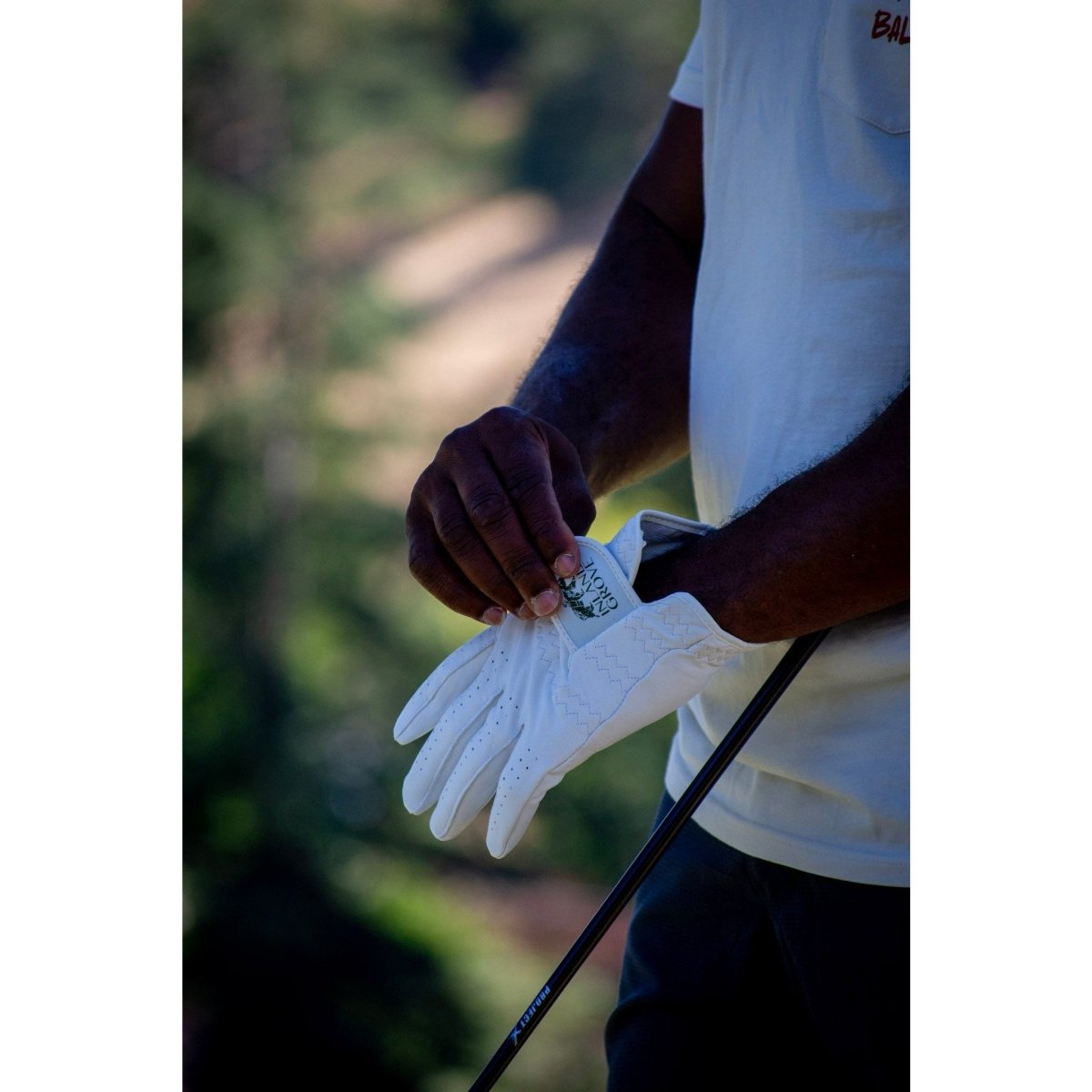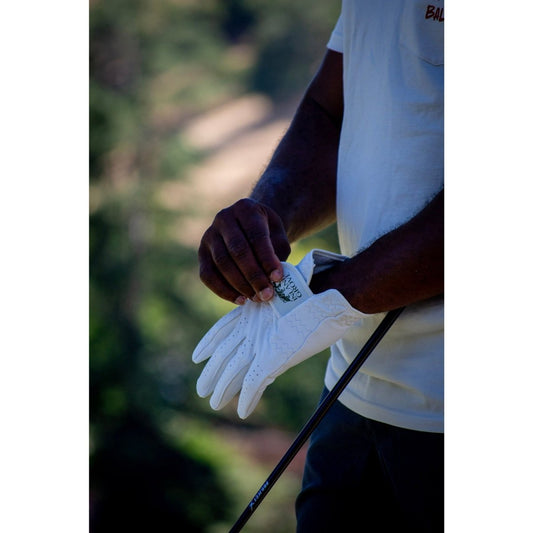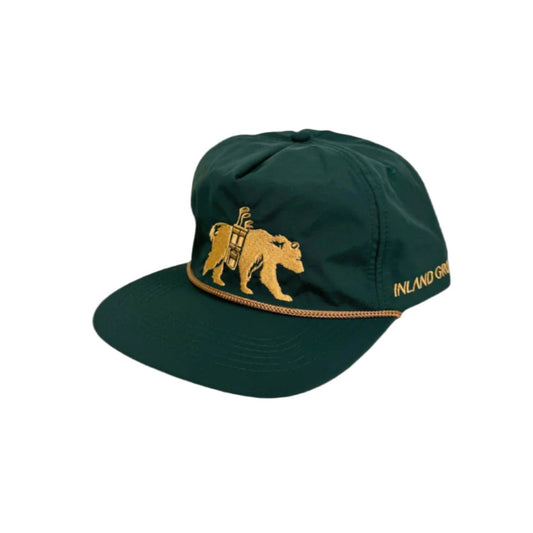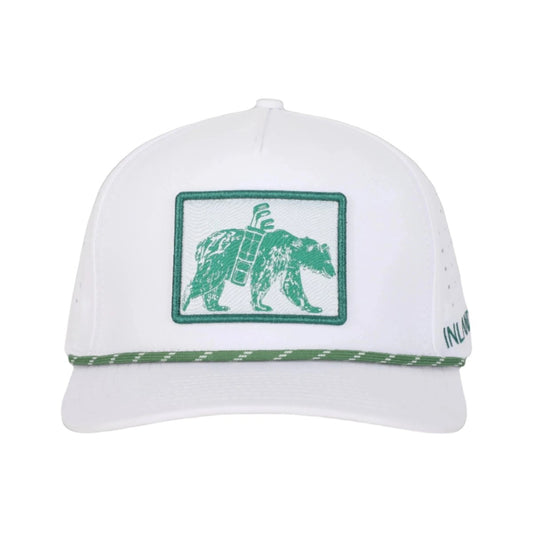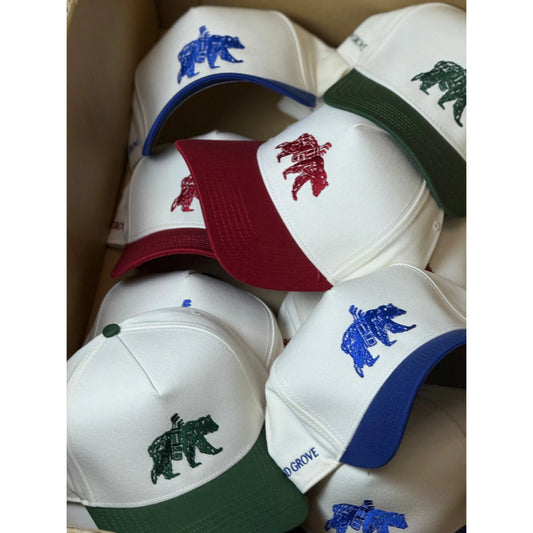
Chilly On the Course? How to Dress for Cold Golf Days
Winter is approaching fast, and so is the time of bare trees, hot chocolate, and holiday movies. Depending on where you live, the air already has a nip to it. In the world of sports, you may have heard that weather has a significant effect on athletic performance. Golf is no exception. That’s why it is vital to properly prepare for a cold day on the fairway, more specifically with what you wear. By the end of this article, you will no longer be asking, “How should I dress for golf in the cold?” We will give you the scoop on how to dress from top to bottom for those chilly days. The winter will be no match for you!
How Does Weather Affect Performance?
Typically played best in warmer climates, the sport relies on higher temperatures for smoother gameplay. In fact, golf balls travel much farther in the warmth than they do in the cold. Cool air is denser than warm air, creating a drag effect on the ball as it leaves the ground's surface. This logic can also apply to your swing speed, slowing it down. To be straightforward, cold weather puts a bit of strain on your game.
Science lesson aside, playing golf in the cold is sometimes less fun than it should be. If you are not wearing appropriate clothing for the task, you will feel stiff and uncomfortable right from teeing off. To insulate your body heat, make sure to layer!
The Importance of Layering
What is layering your clothes? Layering is precisely what it sounds like. To layer, simply wear multiple articles of clothing over top of one another. This method keeps your body’s temperature at bay, allowing for maximum comfort as you go about your day.
While playing golf in subpar weather, layering is an important aspect of staying on your game. Learning how to layer while maintaining full mobility is key, as you do not want to hinder your ability to move freely. Without further ado, let’s get into how to layer for those nippy days on the putting green!
Beginning with Base Layers
Base layers, more specifically thermals, are a great start to the layering technique. Thermal clothing comes in many types, such as shirts, pants, and even underwear. The fit of a thermal is typically snug or skin-tight, hugging your body to keep you warm. Furthermore, it is ideal to avoid the first layer of your outfit bunching up under several other pieces of clothing.
Thermals often come in either synthetic or wool fabrics, both of which provide special benefits such as moisture-wicking and heat retention. In cold weather, long-sleeved thermal shirts and pants are a must-have for any sports-related activity.
Insulating Tops
As far as tops go, the thicker the material, the better. While there are many fabric types to choose from, we would recommend either fleece or down for performing in lower temperatures.
Fleece is offered in various weights for various temperatures, all of which provide excellent containment of warmth even when wet. This specific material is also very breathable, preventing any overheating.
Clothing made from down is by far the most insulating and best at keeping warmth from escaping. It is typically contained in a shell material. This means that, along with heat retention, clothing made with down may also be waterproof or wind resistant.
To best keep warm on the course, we suggest sporting pieces such as a fleece sweater, sweatshirt, or light down jacket.
Comfortable Bottoms
Keeping your bottom half warm is just as important as up top. You may be thinking “Can I wear sweatpants to golf?” Unfortunately for golfers, sweatpants are usually a big no-no on the course. Although, that doesn’t mean you need to sacrifice your warmth to follow the rules.
Thermal or insulated golf pants are very popular among many athletes and are sold at most golf retailers. These pants are often lined with materials such as fleece, adding an extra layer of warmth to your outfit.
Extra Protection with Outerwear
The final garment to consider when completing your bundled-up golf look is outerwear, otherwise known as a jacket or coat. This is the first line of defense against those raw winter temperatures, so the higher the quality, the better! Finding a jacket for any occasion is quite easy, as they are sold with various specialized features. From waterproof to wind-resistant, you’ve got a wide selection to choose from.
Will wearing a jacket hurt golf performance? Well, as we have covered, dressing for cold-weather golf means layering while maintaining mobility. Therefore, lighter materials should be prioritized while shopping for your perfect jacket. You may even want to buy multiple jackets that will cater to changing weather patterns. For example, a waterproof jacket will be sufficient for those dreary, rainy days. However, you may opt for a more breathable layer on a sunny afternoon. However you decide to go about it, make sure to keep comfort in mind!
Don’t Forget Your Feet!
Is footwear important in golf? Of course it is! As your body tries to keep itself warm in cold temperatures, your extremities are often the least of its worries. This can lead to the numbness of body parts such as your feet and toes. It is safe to say that your feet are pretty important, especially when playing golf. So, give them some TLC with quality footwear.
Thermal socks are always a good place to start. The ideal pair of thermal socks contains wool, as this material is extremely insulating and moisture-wicking. Other popular materials consist of cotton or polyester. Additionally, you should seek out crew socks or a pair of a similar length. Not only will you be protecting your feet, but your lower legs and ankles as well.
Once you have found a great pair of thermal socks, it’s time to lace up those winter-ready shoes! Luckily, winter golf shoes are sold all over. These specialized kicks tend to rise up to the ankle, appearing more like boots. As with the socks, this provides your ankles with a bit more protection from the cold. They also provide excellent grip, helping you to keep your footing on the potentially cold and wet fairway. Overall, winter golf shoes are designed to be thicker and more stable than your average pair of golf footwear.
Mindful Accessories
Accessories are not necessarily required to complete a winter golf look, but they can offer a bit more protection as well as stylish finesse to your outfit. Gearing up with a thermal golf glove or keeping your noggin warm with a thick winter hat will lock in your body heat even further, allowing for more comfortable gameplay. However, if accessories aren’t your style, play your way!
Conclusion
Dressing for the weather is a skill every golfer should practice. You should never let a bit of cold get in the way of perfecting your game, and layering up in warm gear will aid in your success on the course. We hope that we have helped you decide how to dress for your next golf outing in these increasingly dropping temperatures!
If you enjoyed this article, please subscribe to Inland Grove for updates on future blog posts!
